
And, of course, the so-called universal archetypes of this drama were happy housewives, glorying in their upwardly mobile marriages, or depressing martyrs and victims. The spunky women, like the mid-life, cast-off wife Medea, go mad with jealousy and murder their own children. The women excluded from male hierarchies waste their lives in futile gestures, like Antigone. The captive, raped, colonized survivor, like Cassandra, is doomed to a post-traumatic scenario of recounting her tale of atrocity to a population who will not or cannot believe her. And so on…

Where would I turn for my narrative histories? Where was the lesbian-feminist equivalent of the Bible, or the Koran, or the Bhagavad Gita? Where was my Iliad, my Odyssey? Who would be my Homer?
And this is when I discovered the writings of Monique Wittig. I found them among the used paperbacks in a women’s bookstore in Portland, Oregon. The Lesbian Body. The Guérilières. The Opoponax. Lesbian Peoples: Material for a Dictionary. Wittig was generating archetypes and paradigms. She was writing about ancient matriarchal cultures that, paradoxically, were contemporaneous with ours. She was reclaiming goddesses, students of Sappho, the Vietnamese Trung sisters of 40 AD. She was not just going back in archeological time, but she was also going back in archetypal time by re-membering lesbian childhood from the eyes of the child in The Opoponax, bringing back the magical thinking of children, where the mythical beast of resistance, the opoponax, is congruent with the intense, wonder-filled discoveries of the developing mind.
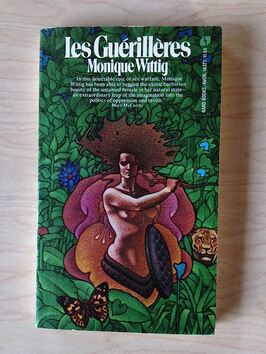
Wittig was writing about the fluid social configurations of women not bounded by heteropatriarchal obsessions with virginity and paternity. She was writing about the volcanic fury that formerly enslaved women direct toward each other and toward themselves:
"Six of the women are none too many to hold her. Her mouth is open. Inarticulate words and cries are heard. She stamps the ground with her feet. She twists her arms to free them from the grip, she shakes her head in every direction. At a given moment she lets herself fall to the ground, she strikes the ground with her arms, she rolls about shrieking. Her mouth seizes the earth and spits it out. Her gums bleed. Words like death blood blood burn death war war war are heard. Then she tears her garments and bangs her head on the ground until she falls silent, done for. Four of the women carry her, singing, Behind my eyelids/ the dream has not reached my soul/ whether I sleep or wake/ there is no rest."
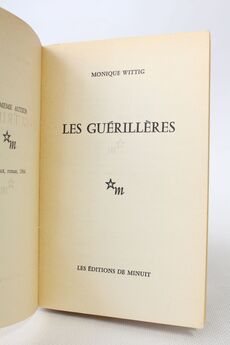
"The kaleidoscope game consists of inserting a handful of yellow blue pink mauve orange green violet flies beneath someone’s eyelids, m/ine for instance. They are really tiny flies minute insects, their peculiarity lies in the bizarre intensity of their colours. You place them between m/y eyelid and m/y eyeball despite m/y protestations and laughter."
She was also celebrating women’s capacity for savagery.
"The women say they have learned to rely on their own strength. They say they are aware of the force of their unity. They say, let those who call for a new language first learn violence. They say, let those who want to change the world first seize all the rifles. They say that they are starting from zero. They say that a new world is beginning."
Wittig reclaimed and venerated the intricacies of the vulva in the “feminaries” that were distributed among the girls of in her tribe of women warriors:
"The women say the feminary amuses the little girls. For instance three kinds of labia minora are mentioned there. The dwarf labia are triangular. Side by side, they form two narrow folds. They are almost invisible because the labia majora cover them. The moderate-sized labia minora resemble the flower of a lily. They are half-moon shaped or triangular. They can be seen in their entirety taut supple seething. The large labia spread out resemble a butterfly's wings. They are tall triangular or rectangular, very prominent."
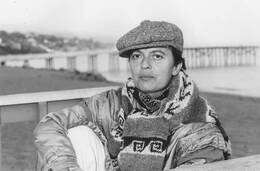
"The women say that it may be that the feminaries have fulfilled their function. They say they have no means of knowing. They say that thoroughly indoctrinated as they are with ancient texts no longer to hand, these seem to them outdated. All they can do to avoid being encumbered with useless knowledge is to heap them up in the squares and set fire to them. That would be an excuse for celebrations."
Wittig is clear that patriarchal languages is a language of ownership, and that women must resist it:
"The women say, the language you speak poisons your glottis tongue palate lips. They say, the language you speak is made up of words that are killing you. They say, the language you speak is made up of signs that rightly speaking designate what men have appropriated. Whatever they have not laid hands on, whatever they have not pounced on like many-eyed birds of prey, does not appear in the language you speak"
"The women say, I refuse henceforward to speak this language, I refuse to mumble after them the words lack of penis lack of money lack of insignia lack of name. I refuse to pronounce the names of possession and non-possession. They say, If I take over the world, let it be to dispossess myself of it immediately, let it be to forge new links between myself and the world."
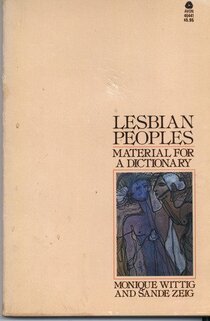
"For almost two milleniums lesbians had been represented with glories around their heads. This was mistaken for a sign of sanctity and was not yet recognized as a form of energy. When the companion lovers appeared to one another in their brilliance and were able to stand the sight, they caught and used this energy that they immediately called 'glorious.' From which comes the 'Glorious Age.'"
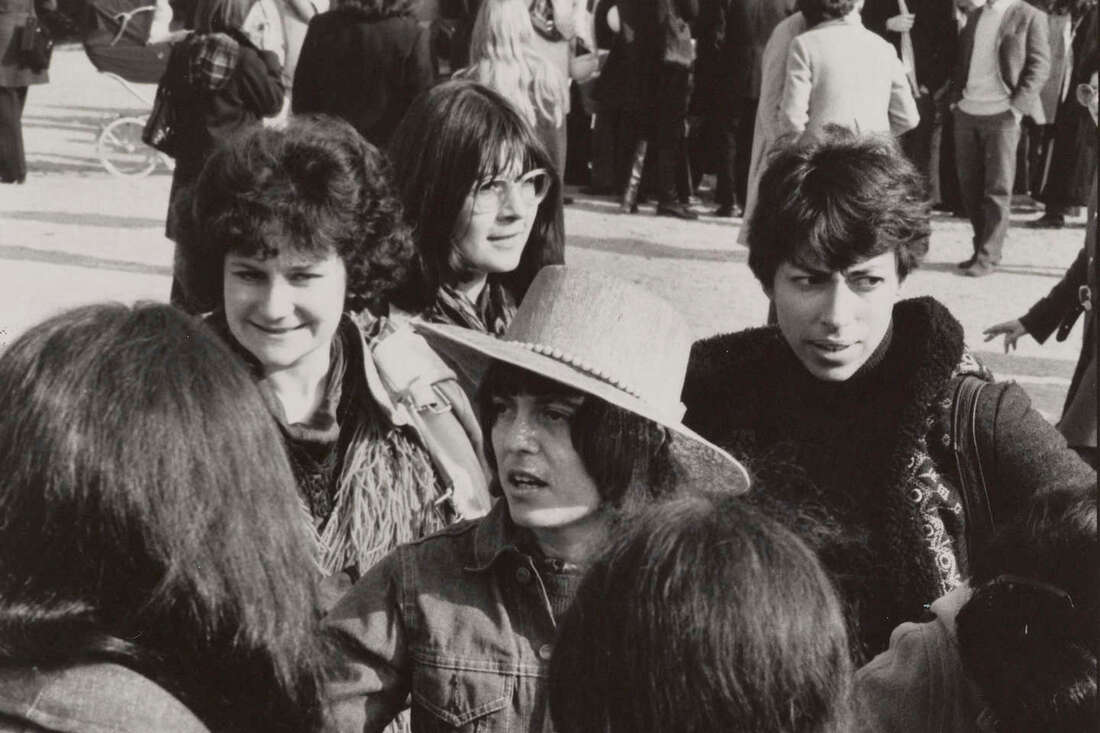
The obligatory and all-but-overtly sneering obituaries for Wittig in the mainstream press do not do her justice. They desiccate and desecrate her work in their attempts to get at it, but it remains inaccessible to outsiders. The succulence of Wittig’s writing is in the juice—which like the vaginal secretions she names “cyprine”– is distinctly lesbian.
The greatest tribute we can offer to this visionary foremother of lesbian-feminism is to take her writings to heart. And she has left us an injunction for this dazzling lesbian revolution that fluttered with such bizarre intensity behind her eyelids…
Listen:

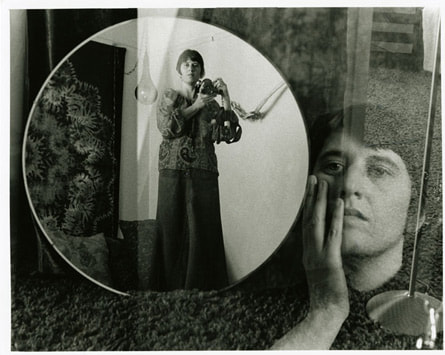
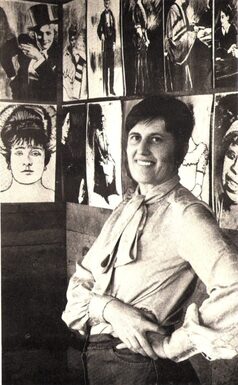
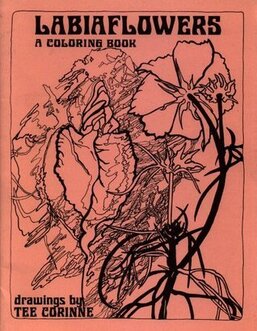
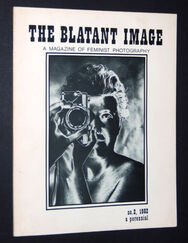
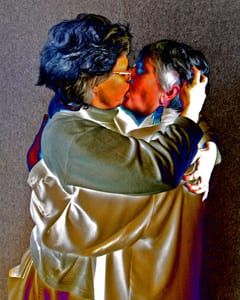
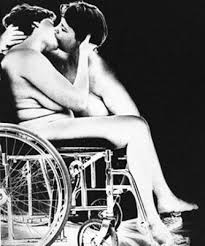

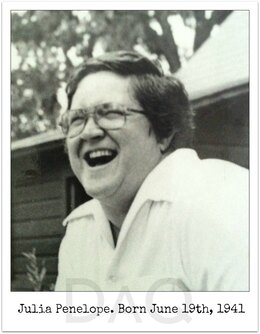
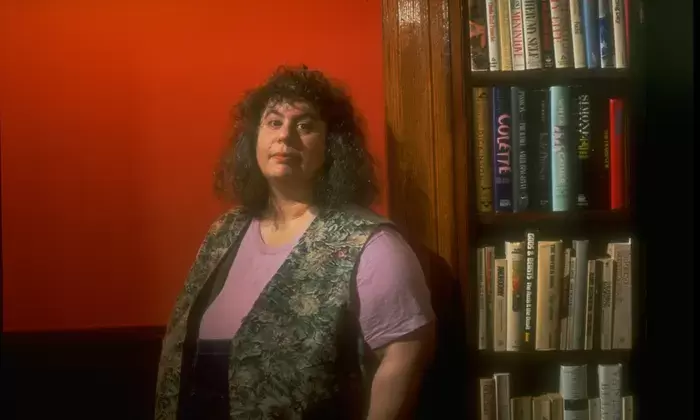



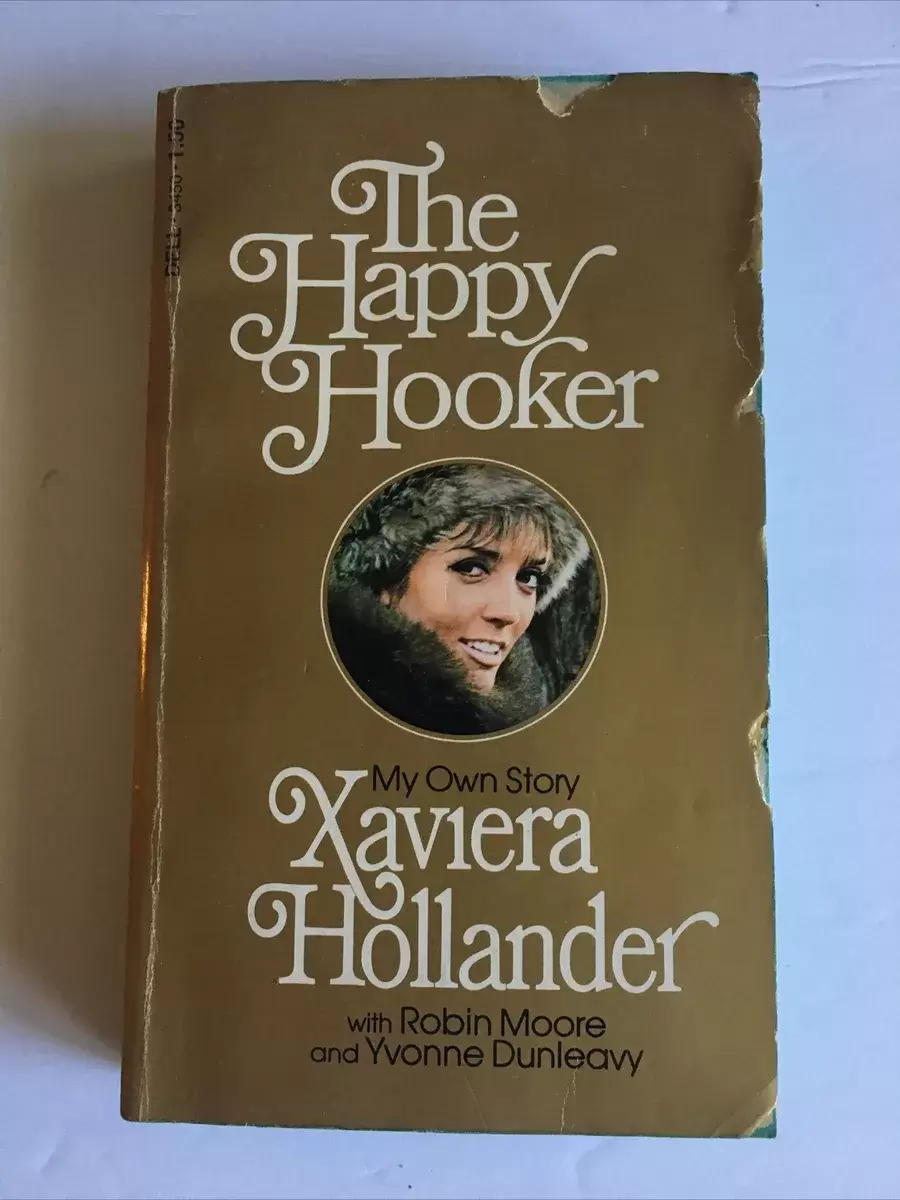
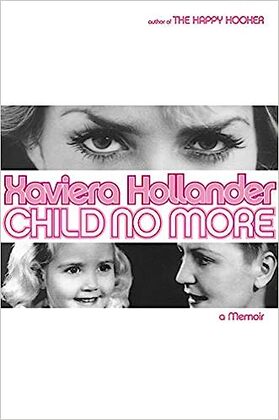
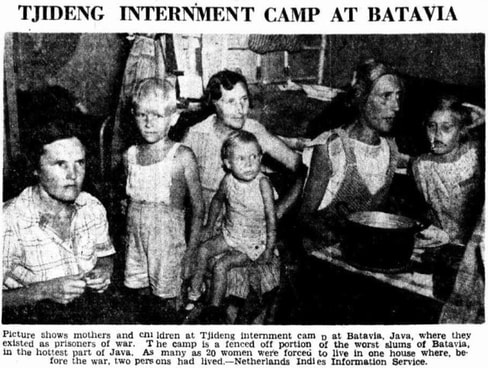
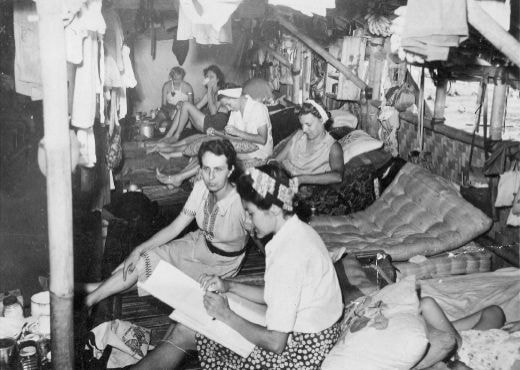
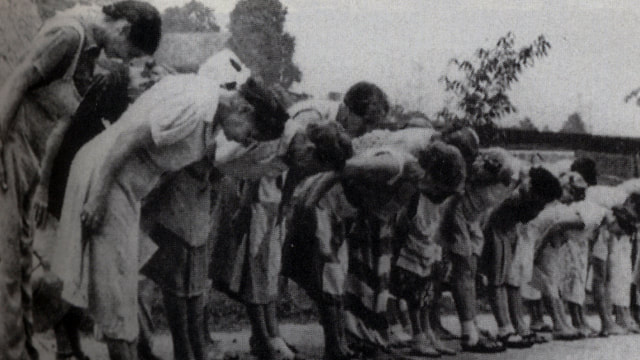
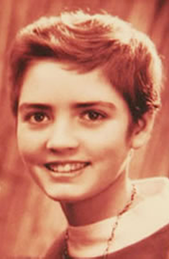
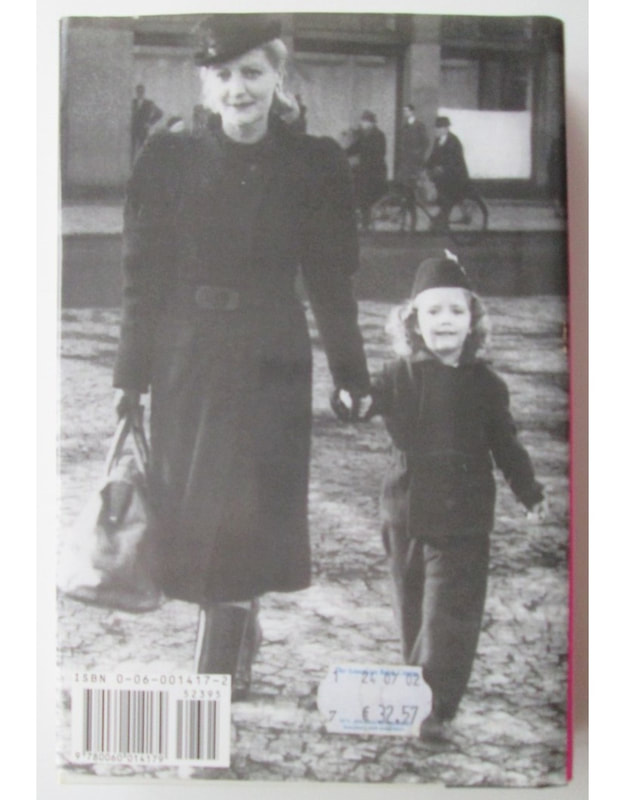
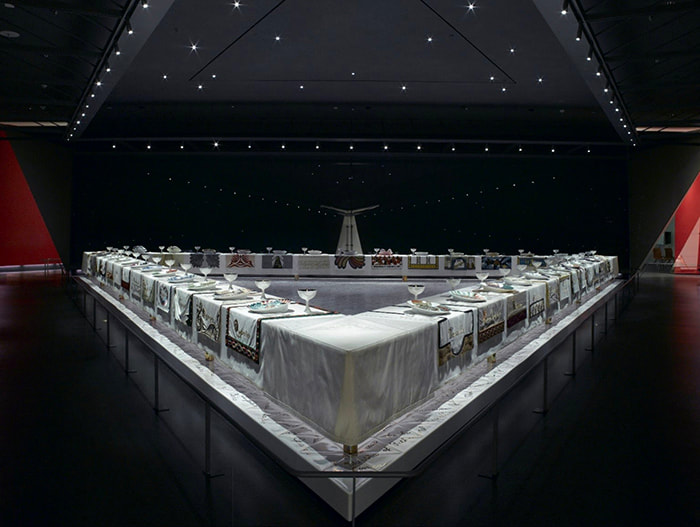
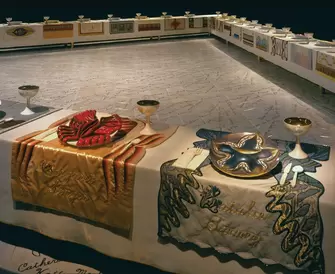
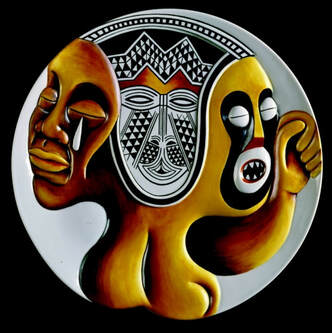
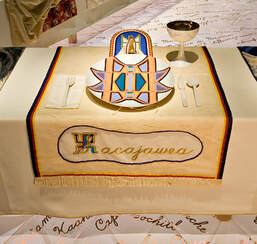
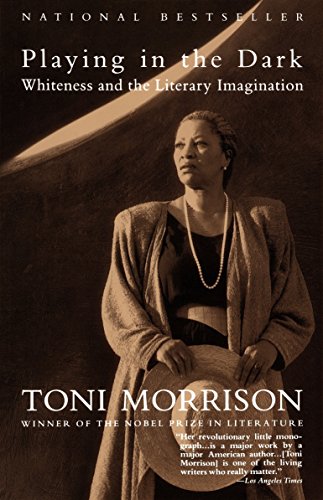
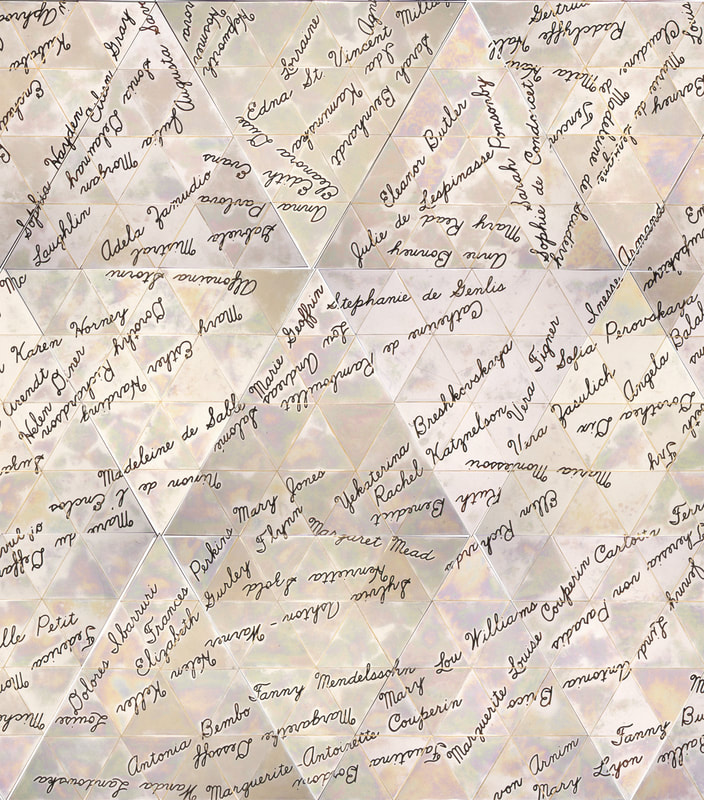
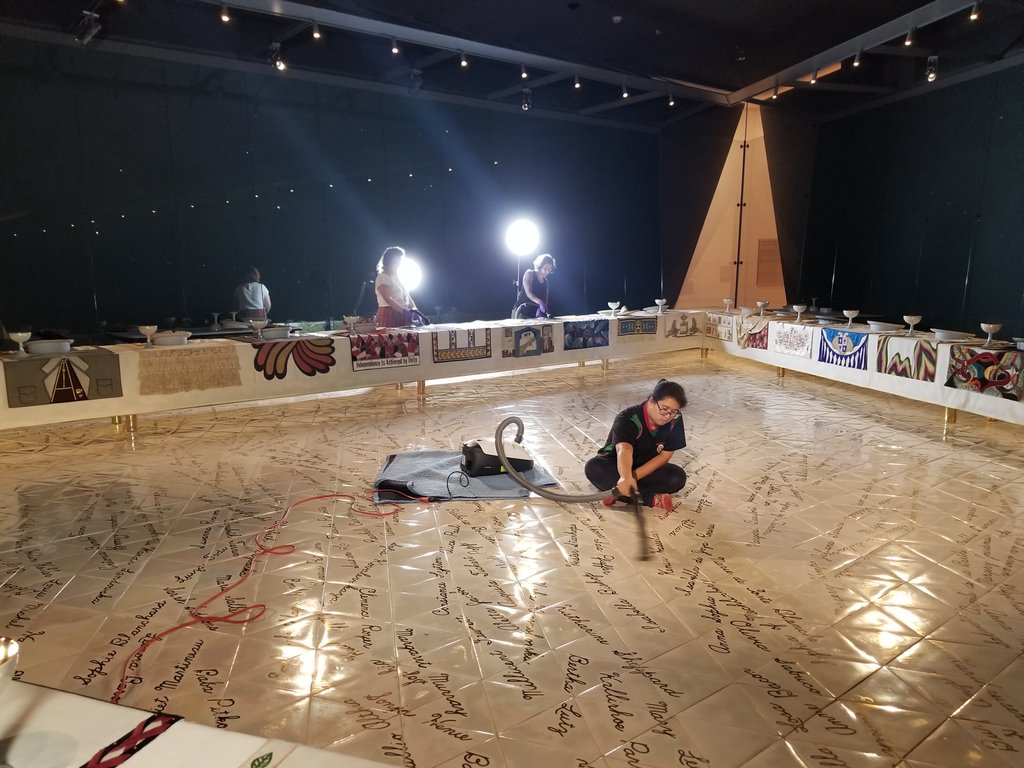
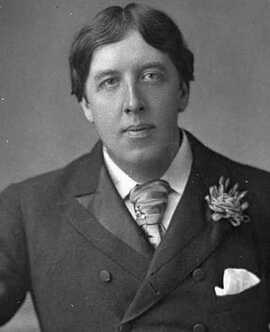

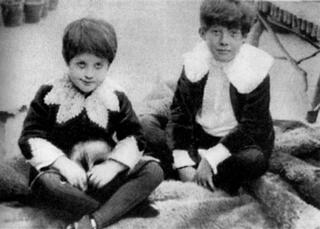
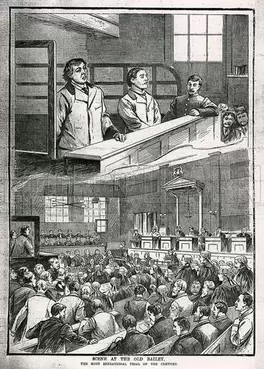
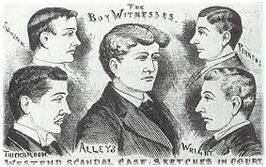
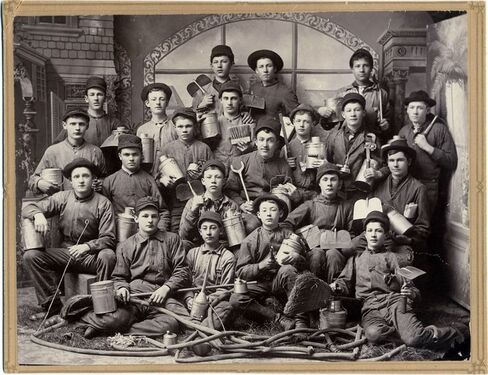
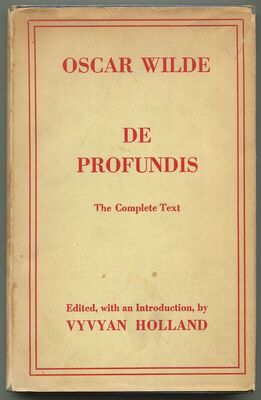
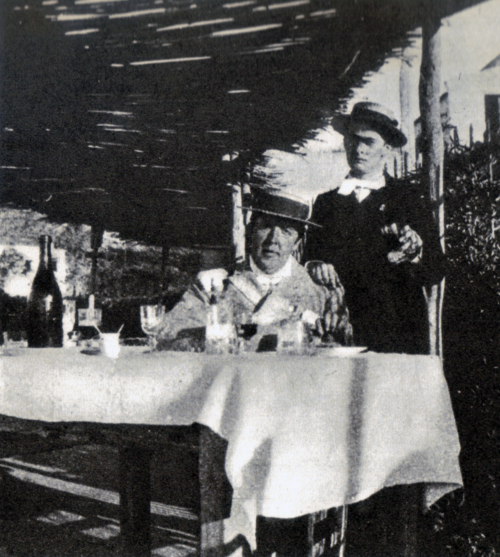
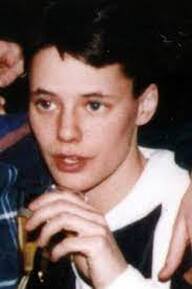
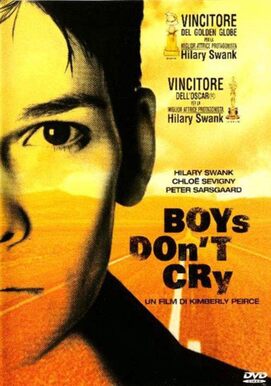
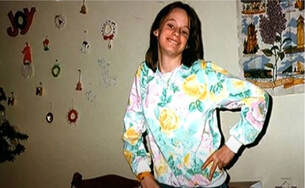
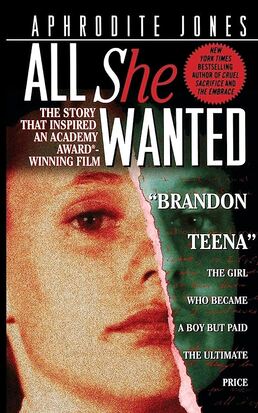
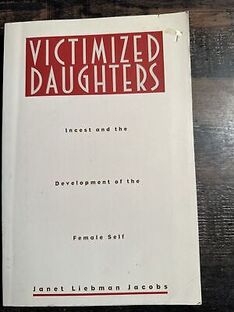
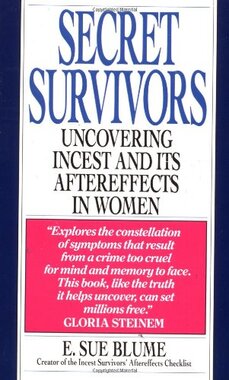
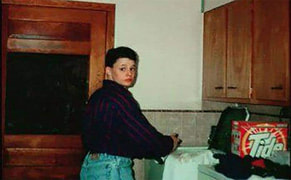
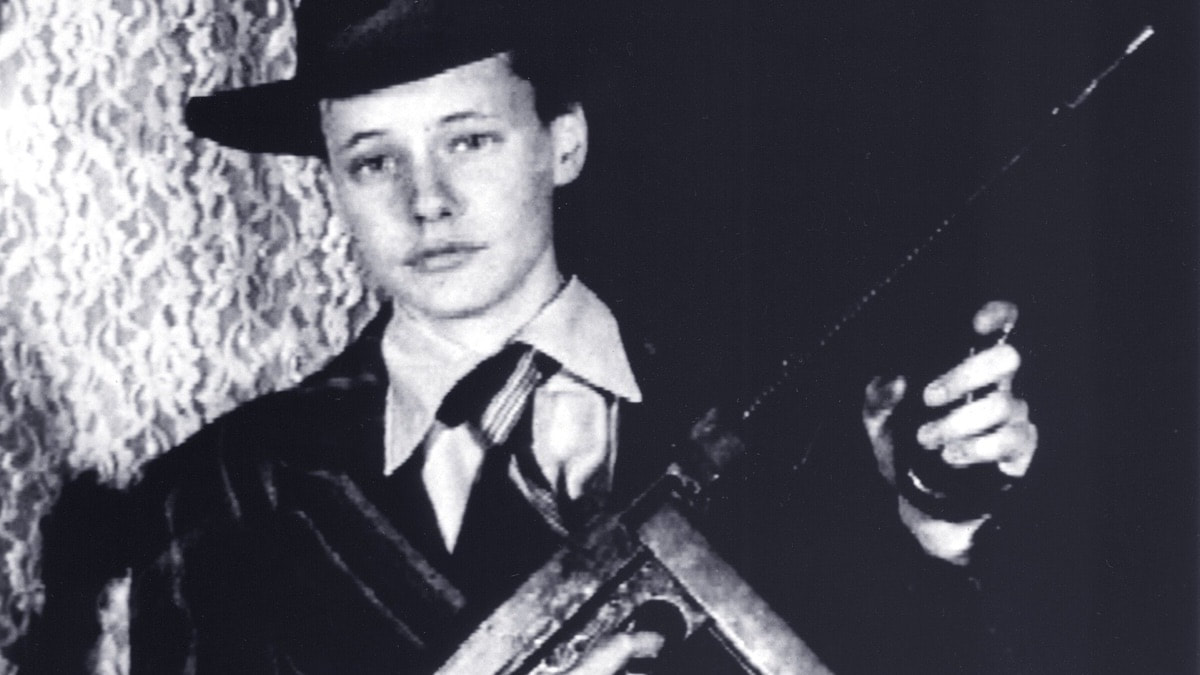

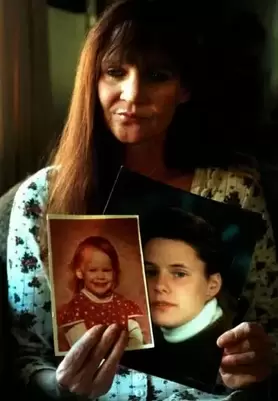
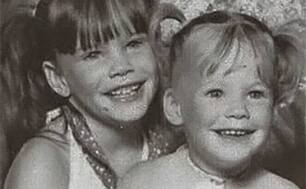

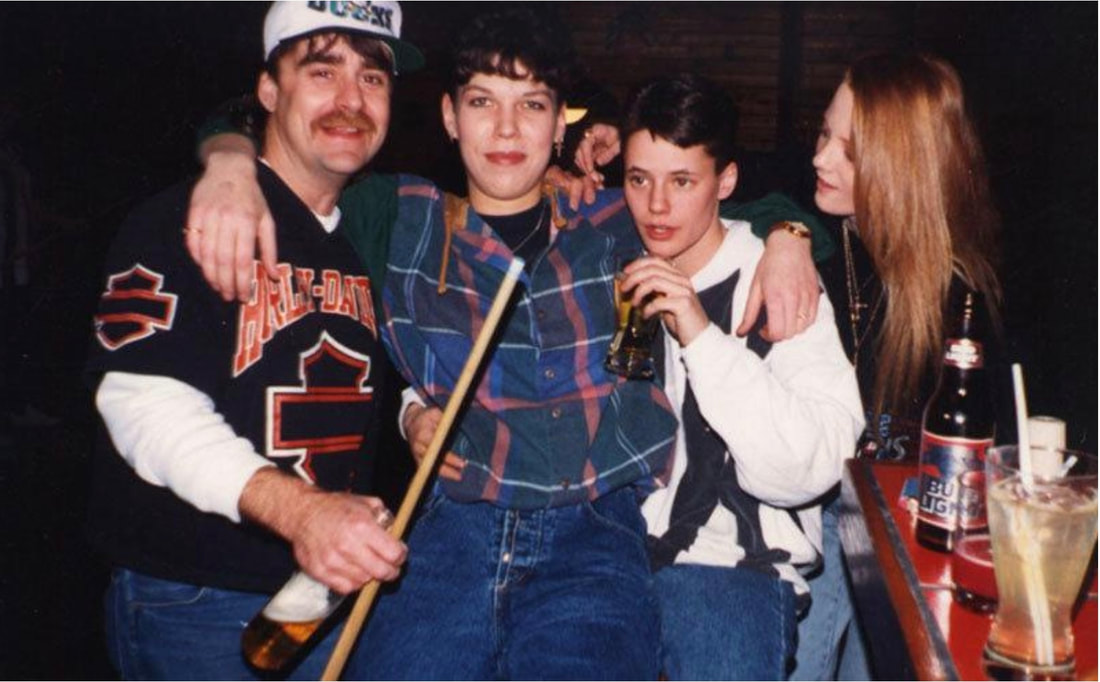
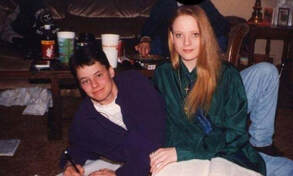
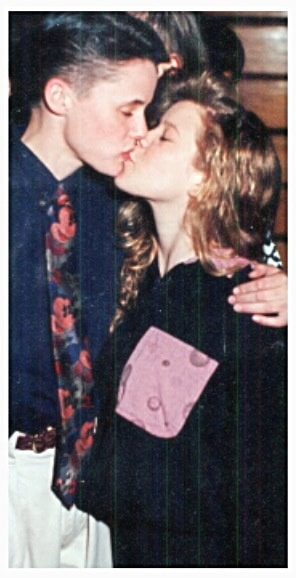
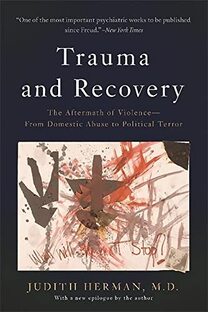
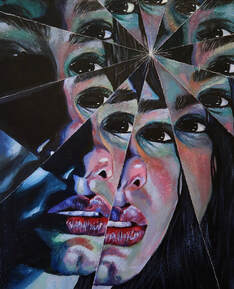
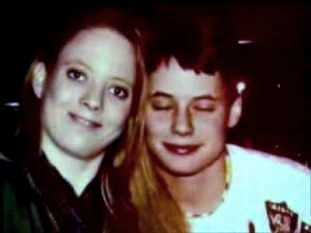

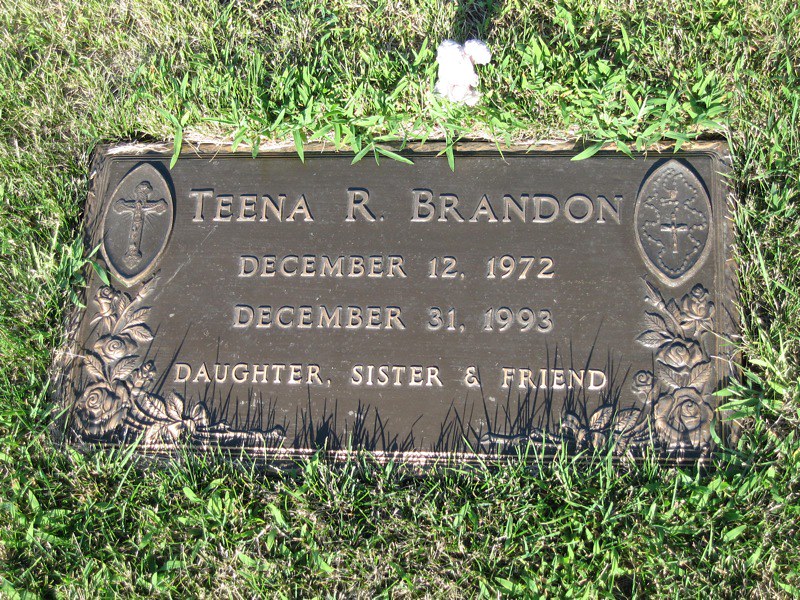



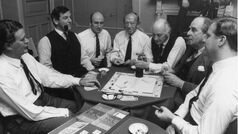

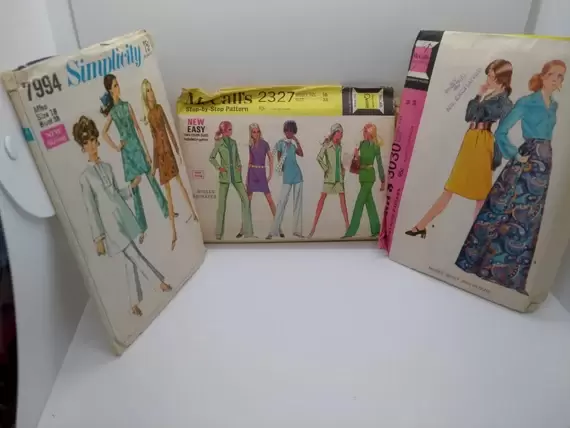
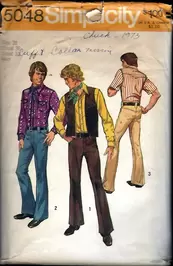
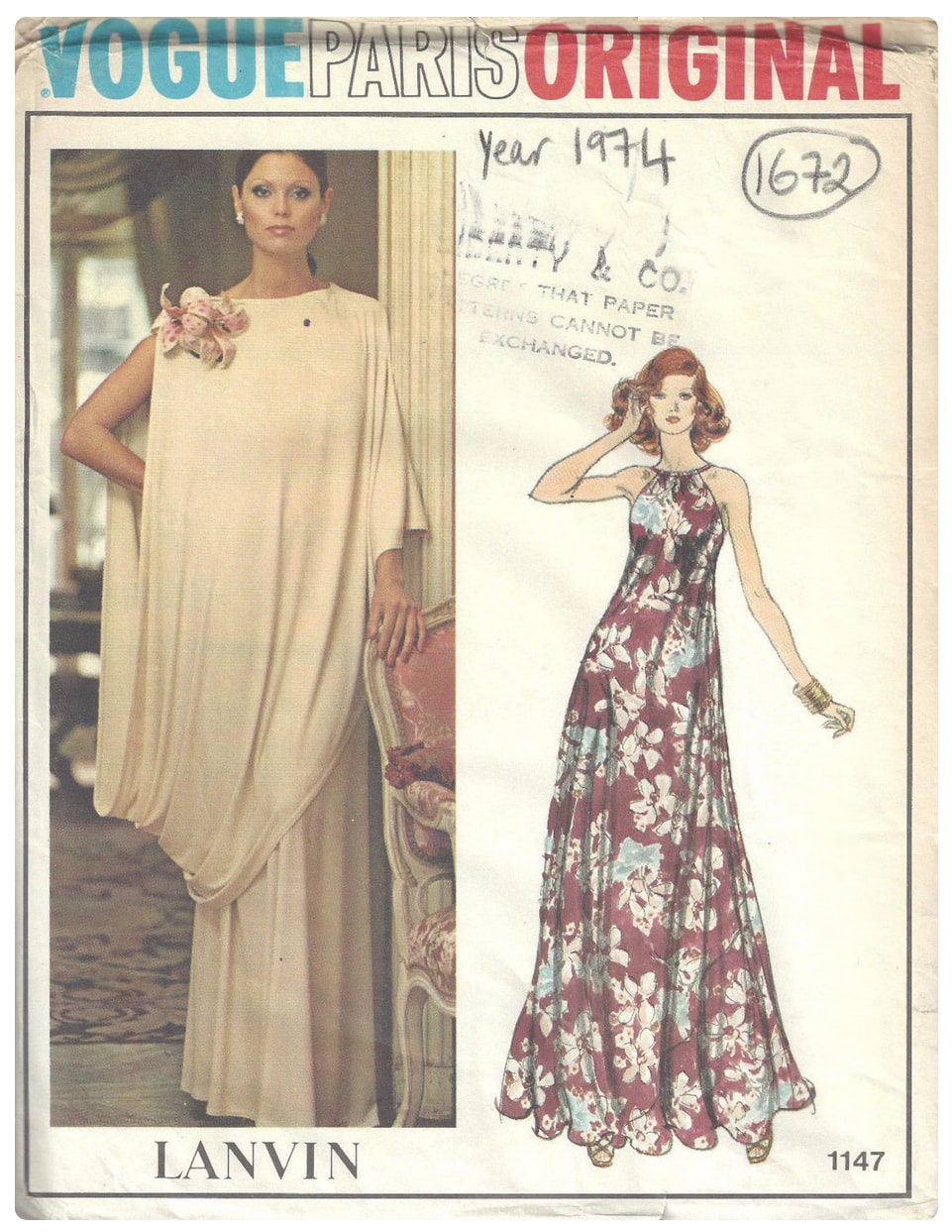
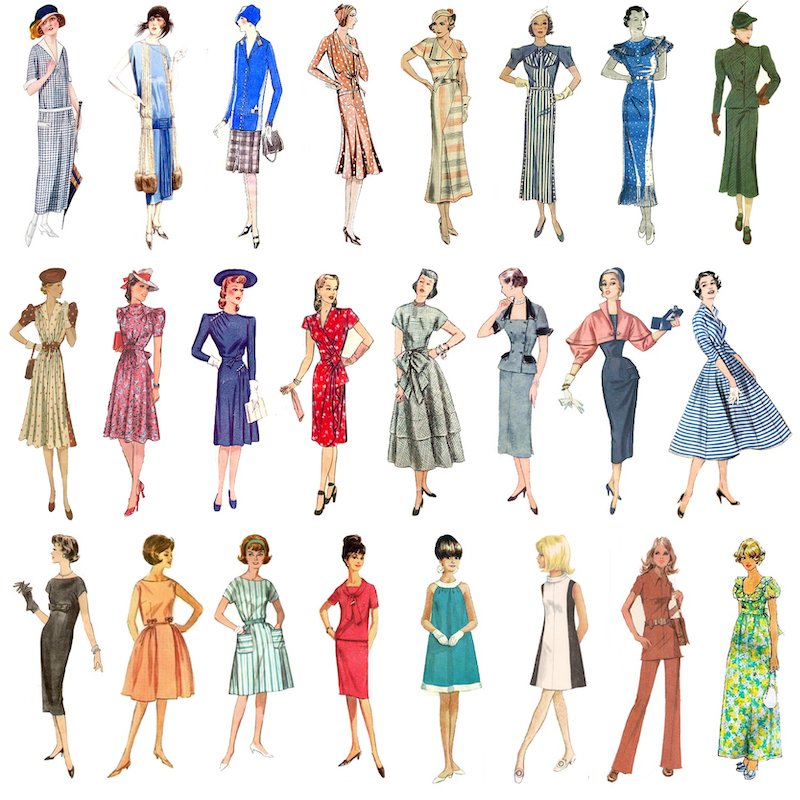




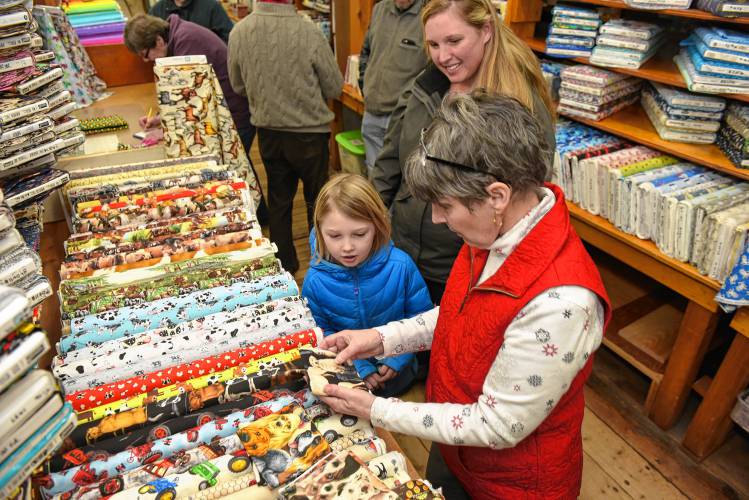
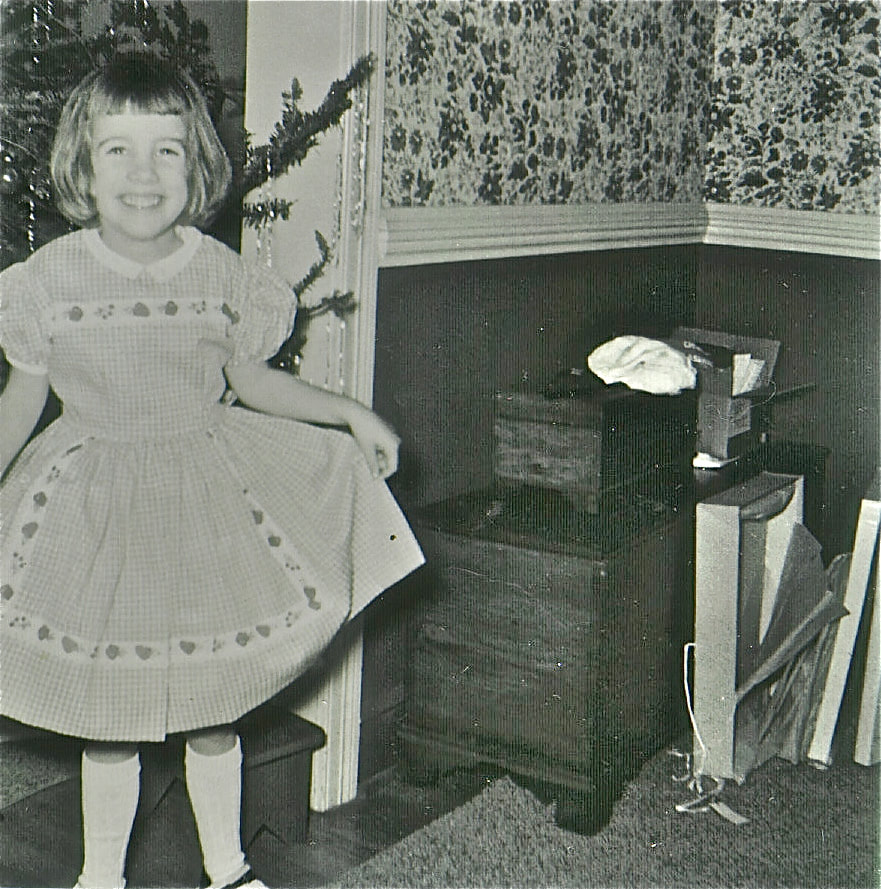
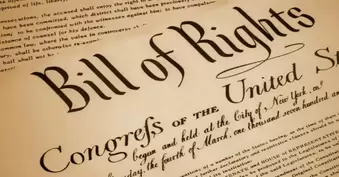

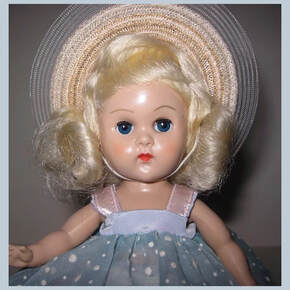



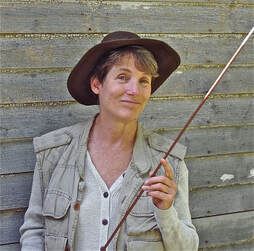
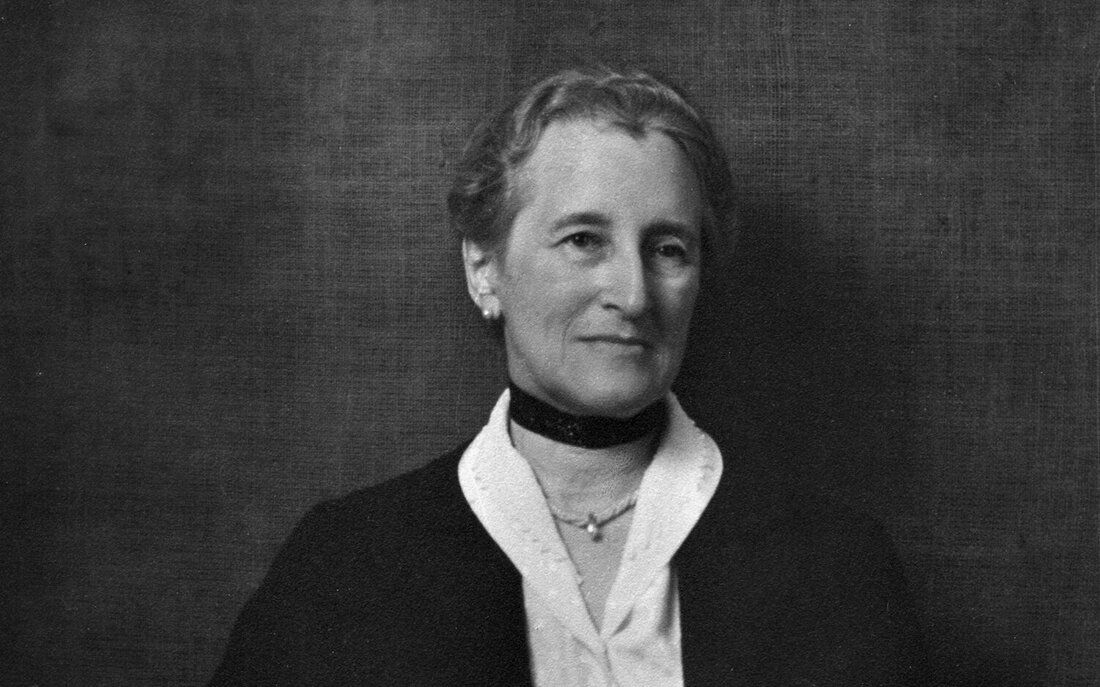

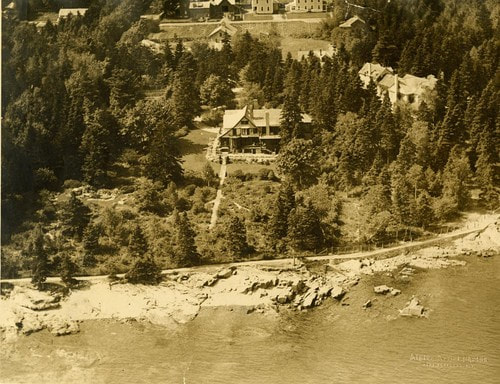
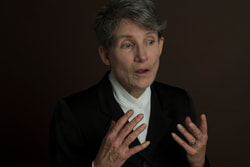
 RSS Feed
RSS Feed
